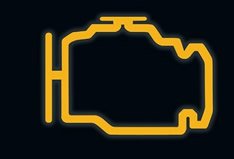Automotive Engine Sensors
Choose the sensor below for descriptions
- Powertrain Control Module (PCM)
- Throttle Position (TP) sensor
- Mass Air Flow (MAF) sensor
- Intake Air Temperature (IAT) sensor
- Idle Air Control (IAC) valve
- Engine Coolant Temperature (ECT) sensor
- Heated Oxygen Sensor (HO2S)
- Camshaft Position (CMP) sensor
- Knock Sensor (KS)
- Vehicle Speed Sensor (VSS)
- Crankshaft Position (CKP) sensor
- Fuel Injector
- Coolant Temperature Sensor (CTS)
- Exhaust Gas Recirculation (EGR)
- Manifold Absolute Pressure (MAP)
Source: FreeAutoMechanic.com/car-engine-sensors.html



